IOTA - ready for the Internet of Things
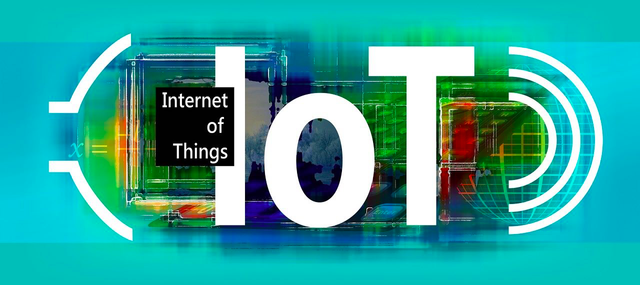
In this post, I summarise an article of Martin Rosulek at medium.com about how IOTA makes 'a bright future for Internet of Things'.
The Internet of Things (IoT) is generally seen as a big potential game changer and also mentioned in the context of the '4th Industrial Revolution'.
The 4th Industrial Revolution
The 4th Industrial Revolution is a logical successor in thee previous revolutions:
The 1st Industrial Revolution was about mechanised production by means of energy obtained from fossil fuels.
The 2nd Industrial Revolution was about the use of electricity.
The 3rd Industrial Revolution was (and still is) about the use of electronics and ICT for production.
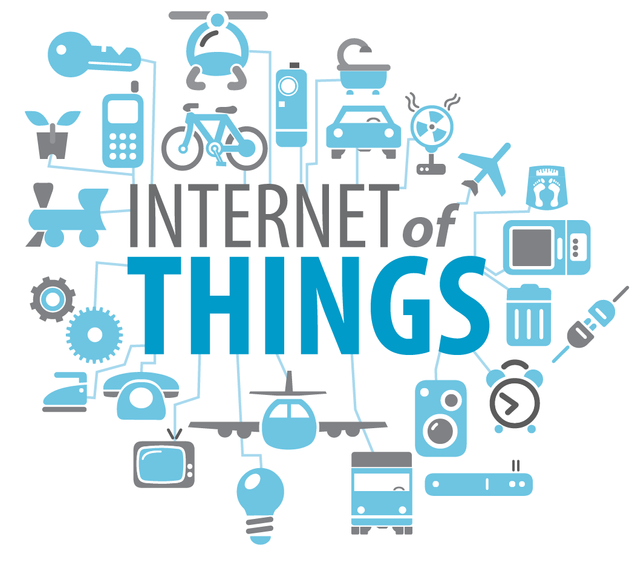
The 4th Industrial Revolution is about the digital revolution.
Billions of people are already connected to each other by mobile devices or otherwise with devices that have more processing power, storage capacity, and access to knowledge than ever. And several billion people will join this network in the next decade. This will generate a lot of possibilities. multiplied by new technologies like artificial intelligence, robotics, IoT, self-driving vehicles, 3-D printing, nanotechnology, biotechnology, materials science, energy storage, and quantum computing.
How does IOTA fit in?
Our new economy will move from just people communicating and transacting with people, through devices or 'face to face', to machines communicating and transacting with machines. And this is not confined to machines that have been designed for each other specifically ; we already have that type of hardware (think of a Wifi router and a Wifi card talking to each other). No, this will be billions of machines, large and small, talking with other independently engineered and developed machines, including transacting with each other.
The 'transacting'part is where IOTA comes into play.
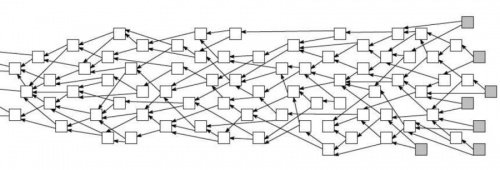
If all these machines are supposed to transact with each other, it would be extremely helpful if the 'transacting' part is handled completely withing the digital realm. This ensures that no human interaction is needed and that the transacting is truly autonomous and automated (of course, within the rules specified by humans). Think of your washing machine paying for exact water usage or your fridge ordering and paying the items that need restocking, all without the need of your involvement.
The layer for these transactions is where cryptocurrency will make its ascent. IOTA has been designed with IoT specifically in mind, making it an excellent contender for taking the crown of this specific transaction layer.
The reasons why IOTA is such a good candidate for the IoT transaction layer (i.e., making IoT payments possible), is detailed further below.
IOTA in a nutshell
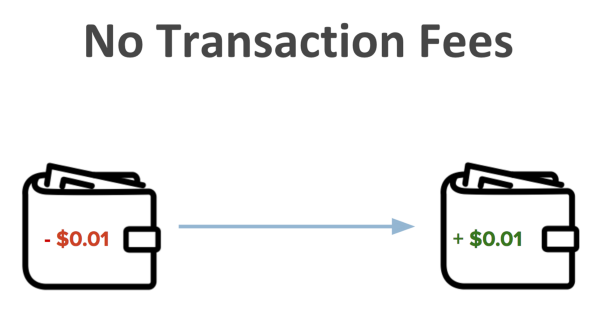
The key features of IOTA are as follows:
- no blockchain (a blockless blokchain)
- no fees
- scalability
- security aspects ready for quantum computers
These aspects make it superbly fit for building this layer into IoT machines:
- the absence of a block chain makes it possible to run the network lean and mean. Exactly something needed for small devices.
- a payment does not cost any fees. This is extremely handy for devices that need to operate autonomously. While the user needs to supply a certain amount of tokens to his devices so that they can make payments, the user does not have to worry about fees eating away the budget. Since mining is done by the senders of coins and not a separate group of miners, scalability grows linear with the network of users. Something that is definitely needed to support billions of devices transacting with each other.
- of less interest now but something to be mindful of, knowing that quantum computing is coming available in larger quantity the next 10-15 years: IOTA uses a security protocol that also guards against quantum computing attacks. Not unimportant if billions of devices have to be made with IOTA support, having a life span sufficient to see quantum computing arise.
Cool, but where are we now?
IOTA is up and running as a network 'in development'. It is open-source and has gathered a large team of active developers improving the software and other people talking to the Industry, making sure that it will meet the needs for the IoT. The Industry has indicated support for IOTA as an indispensable aspect of converting their IoT concepts into real life applications. The foundation set up to promote IOTA is thus building a platform that anyone can use, improve and reflect upon, and that can serve as the backbone network, the ' platform', on the basis of which devices (and people) can transact over the Internet without limitations. Because it is open source and thus has the most bright minds working on it, it is basically unstoppable.
IOTA tokens have recently been put on the free market (for now, only Bitfinex but the number of exchanges carrying this coin will probably expand fast). All coins have been pre-mined and are now circulating for anyone to take (with the exception of a stash used for funding purposes). That means that IOTA can be tested by anyone now.
The stages for IOTA are explained in the article as follows:
The first stage: IOTA core live, establishing the IOTA Foundation, moving the community’s chat over to Slack, completing some partnerships, IOTA on exchange market, spreading into the world. This stage has been completed
The second stage: extending IOTA’s utillity, open IOTA to anyone that want to build on top of the IOTA network
The third stage: development of hardware (project's name is Jinn project), a brand new type of microprocessor for IoT, a hardware implementation hasher for IOTA’s ‘Curl hash function’
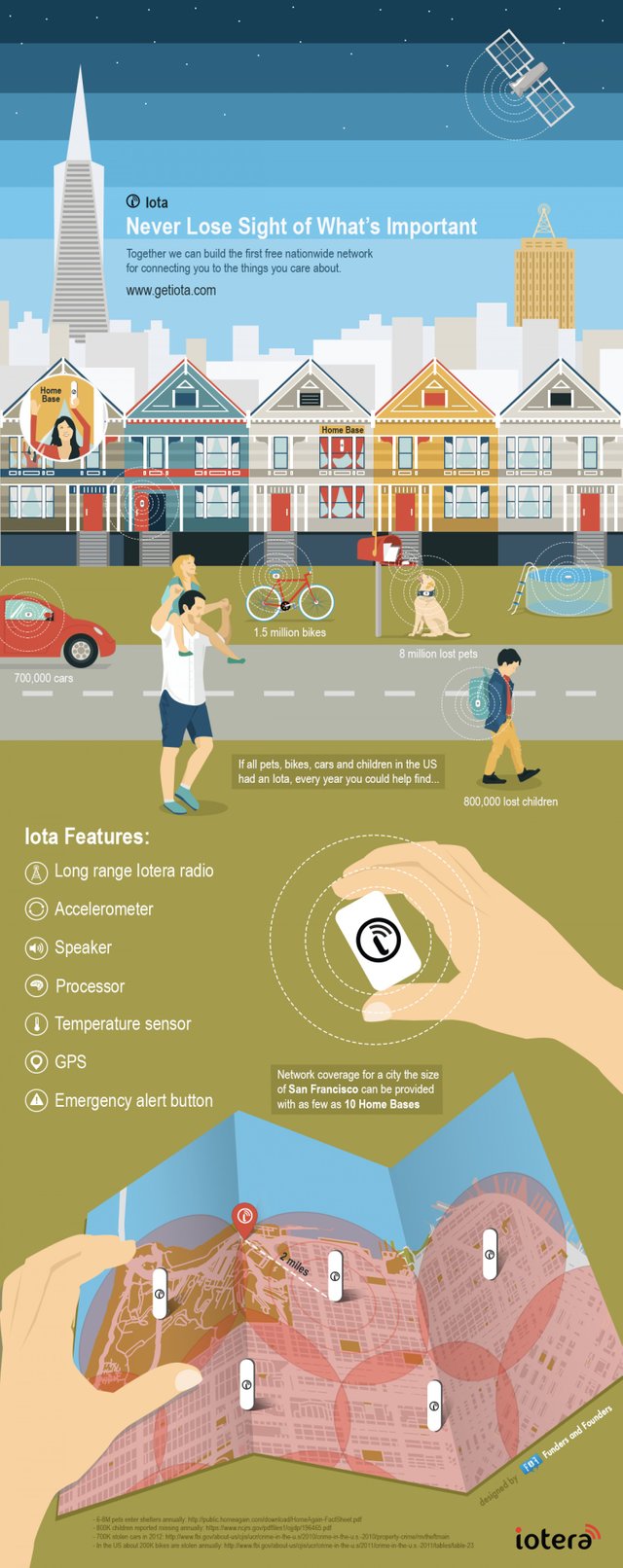
Be involved
The IOTA protocol really promises to make the IoT possible and is definitely something that should be on your radar.